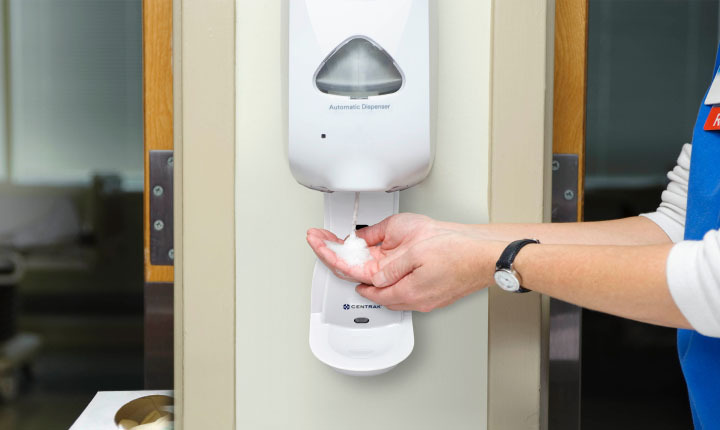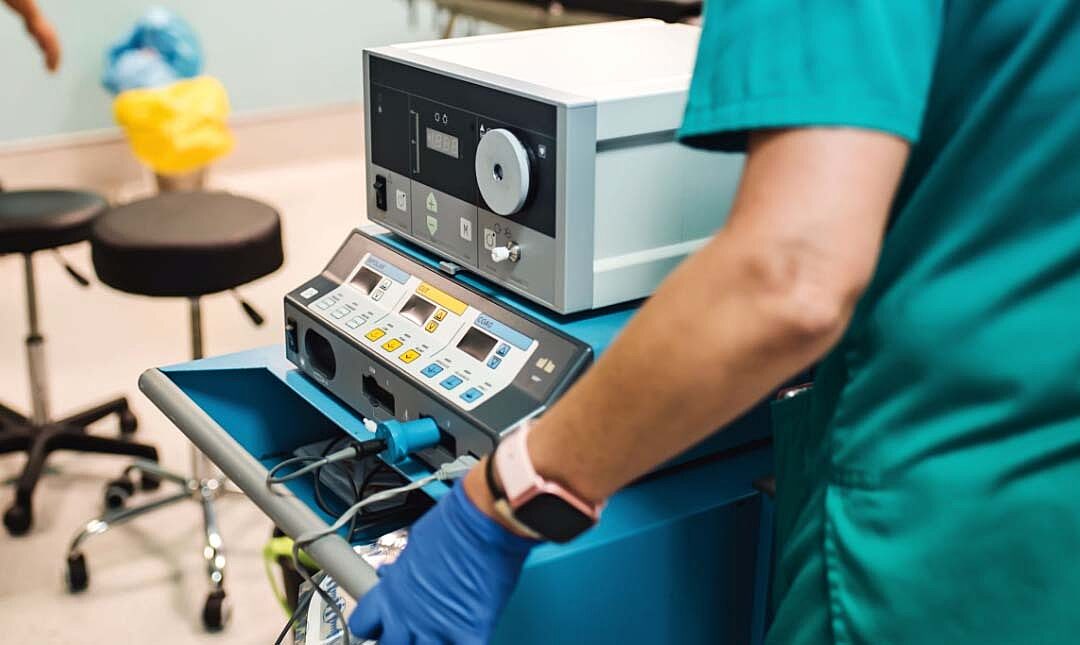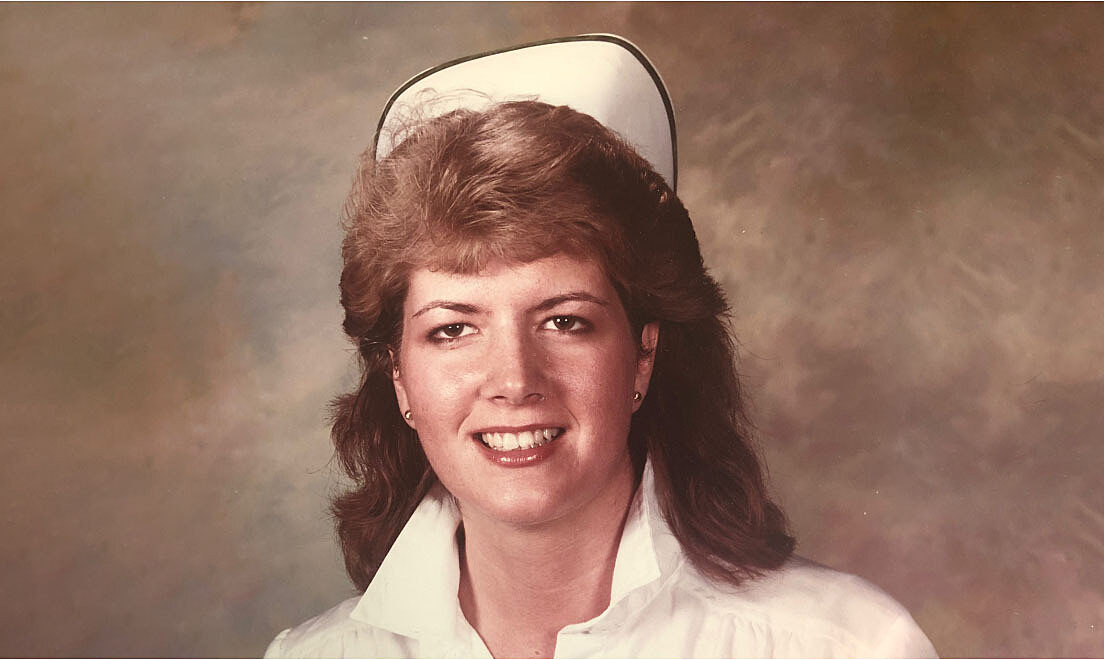4 Things to Consider When Selecting a Hand Hygiene Compliance Solution

Searching for an effective patient safety tool to help reduce your healthcare-associated infections (HAIs)? Unsure of your current hand hygiene audit data? Then it’s time to upgrade from your current labor-intensive and bias-prone method to an automated, electronic hand hygiene compliance (HHC) solution. You will want to select a Real-Time Location System (RTLS) vendor who can offer not only the ability to capture hand hygiene activity but also the precise locating that is critical for accurate data and a successful program.
There are a variety of vendors and products available, and it can be overwhelming to select the right fit for your facility. Here are four things you should consider when evaluating a HHC solution:
1. Accuracy
Did you know that direct observation, or the secret shopper method, only captures about 2% of all hand hygiene events? This method has been the standard in healthcare for decades and unfortunately, does not paint the full picture of hand hygiene. Research shows direct observations are hindered by the Hawthorne effect since staff know they are being watched and perform hand hygiene much more frequently than when no one is around. Plus, direct observations take a lot of time and manual resources. With an electronic monitoring system, 100% of hand hygiene events are captured 24/7/365, even during nights, weekends, and holidays. This is crucial to make certain you are capturing your true compliance. You want to ensure that credit is given when due, and that coaching is available for staff who may have missed an opportunity. Capturing 100% of hand hygiene events empowers you to truly change behaviors and assists with your goal to lower HAIs. To implement this solution, your facility needs to have an accurate locating system installed. This allows for precise room- and sub-room level locating that updates every few seconds. Since hospitals have many soap and sanitizer dispensers, and many patient rooms, accurate location of the staff member and the dispenser is needed to ensure the system accurately captures each event. A facility in Denver, Colorado was able to gather this data thanks to an RTLS hand hygiene solution and increase adherence by 30%!
2. Scalability
Implementing an electronic HHC system is a great first step to improving your infection prevention efforts, but what about the desire to improve efficiency in other aspects of care? Come vendors, like CenTrak, offer other use cases that can be introduced with the same system (hardware, software, and tags/badges). This will ensure your facility is able to grow and expand in the future without the need to install a new system or work with multiple vendors. It future-proofs your investment and allows your facility to take advantage of new technologies as they emerge. Since the HHC use case requires Clinical-Grade Locating, your facility would be able to easily add staff duress, nurse call automation, asset tracking and management, among others, when and if the time comes. RTLS customers have proven results like increased efficiency, decreased equipment loss, improved staff satisfaction as well as peace of mind, to name just a few. Take a look at some RTLS case studies to see the results.
Improve infection control and increase compliance with electronic hand washing monitoring
3. Individual Monitoring
An electronic hand hygiene monitoring system that allows you to view compliance at the hospital-, departmental-, role-, or individual level provides deeper insights into missed opportunities and information needed to facilitate workflow enhancements. Some facilities use these reports as incentives and provide recognition or small prizes to those with the highest compliance on a unit or department. Whether its clinicians, EVS staff, food service, or other, the awareness provided by the system allows for friendly competition and positive reinforcement which can help to increase compliance. For example, a hospital in Savannah, Georgia launched an initiative to improve hand hygiene compliance with an electronic monitoring system from CenTrak in November 2019. Their Infection Control Practitioner, and dedicated team lead, distributed hand-written letters to every high performer via the mail, highlighting how critical their work was and how proud the hospital was of their growing Hand Hygiene achievement. In addition to the encouraging letters shared, sponsored luncheons for high compliance units motivated staff to compete and grow their pride in the project. The efforts of the IP team, and each individual staff member resulted in a significant increase in Hand Hygiene compliance. The compliance numbers are now consistently among the best in the nation and often as high as 90%. Furthermore, the facility’s cost of HAIs has dropped by more than $400,000 since reenergizing their compliance campaign.
4. Consulting
An electronic hand hygiene compliance monitoring system is an investment for your organization. You will be producing a lot of data, but what do you do with it? You want to look for a vendor who offers customizable consulting services with a well-versed and experienced team of clinical workflow experts. Ideally, the consulting team should include a mix of nurses, PHDs, business analysts, and technologists. The consultants should partner with your facility and help you to understand the data being produced, what it means, and how you can translate it into action and help improve your processes. They will provide your organization with a roadmap to success and ensure you see ROI.
An electronic hand hygiene compliance system provides healthcare facilities with the data needed to see areas for improvement to help increase compliance rates. Research shows, by increasing hand hygiene compliance to at least 70%, hospitals can lower HAIs by 30% - which can save your facility hundreds of thousands of dollars a year and provide a better experience for your patients and staff. Automatic reporting makes it easy to understand compliance and provides insights for meaningful change. These automatic reports can be customized and are easy to export to help meet the Joint Commission and Leapfrog Group hand hygiene monitoring requirements.
Learn More About CenTrak's Proven Electronic Hand Hygiene Compliance Monitoring Solution or Request a Demo Today!





